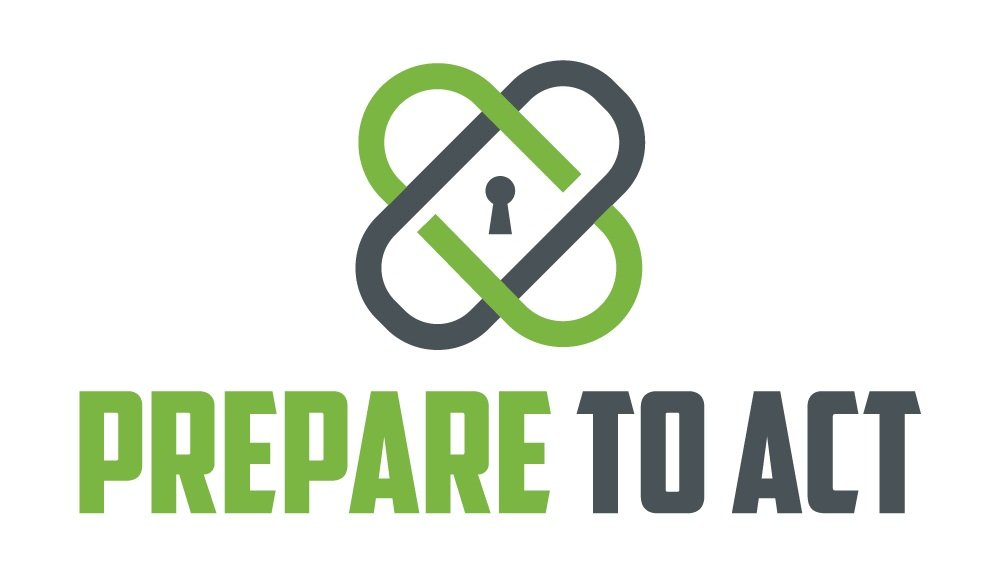Mastering Home Safety: Your Comprehensive Guide to Creating a Family Safety Plan
Empower Your Home with a Proactive Family Safety Plan: Unveiling Key Strategies and Expert Insights for a Secure Tomorrow
Welcome to our Home Safety Guide, where we empower you to take charge of your family's safety. In this complete resource we cover everything from the importance of a family safety plan to practical steps, emergency contacts, child care considerations, escape plans, and school safety tips. And don’t worry, we didn’t forget your pets!
Check out our list of Pet Safety Products!
Where Do Home Burglaries Happen in the United States?
Time Of Day When Burglaries Occur
Understanding Your Rights & Responsibilities With Home Protection.
When it comes to home safety planning you must dedicate yourself to a full and comprehensive plan, you never know what will happen. Knowing the laws that govern your state when it comes to protecting your family and home is an essential piece to that puzzle. Explore the critical concepts of home defense with our in-depth coverage of the Castle Doctrine and Stand Your Ground laws. Learn how these legal principles empower individuals to protect their homes and loved ones. After watching our home invasion video, delve into the essential knowledge that ensures you're prepared to safeguard what matters most. Knowledge is your best defense – discover the insights today.
5 Essential Elements for Your Home Safety Plan:
Emergency Contact List:
Description: Compile a comprehensive list of emergency contacts, including family members, friends, neighbors, and local authorities. This ensures quick communication and assistance during unforeseen events.
Evacuation Routes and Meeting Points:
Description: Plan and map out primary and alternative evacuation routes from your home. Designate safe outdoor meeting points for family reunification. Having clear routes and meeting spots is crucial for organized and swift evacuation.
Fire and Emergency Evacuation Plan:
Description: Develop a detailed plan for responding to fires and other emergencies. This includes identifying escape routes, safe meeting areas, and practicing evacuation drills regularly. A well-prepared fire and emergency plan is a cornerstone of home safety.
Pet Safety Measures:
Description: Extend your safety plan to include provisions for your pets. Create a pet emergency kit, identify pet-friendly shelters, and practice evacuation procedures with your animals. Ensuring the safety of your furry companions is an integral part of a comprehensive family safety plan.
Regular Safety Drills:
Description: Conduct regular safety drills to familiarize all family members with emergency procedures. Practice scenarios under different conditions to build confidence and reduce panic during actual emergencies. Consistent drills keep everyone prepared and aware of their roles.
By incorporating these five essential elements into your home safety plan, you establish a robust foundation for safeguarding your family and pets in diverse emergency situations.
Make a plan before it’s too late!
Ensuring Holistic Safety:
Your family's security is at the forefront of our strategies. A well-crafted family safety plan not only provides peace of mind amid the unpredictability of natural disasters and emergencies but also acts as a proactive shield against unforeseen incidents, including school-related emergencies. By engaging in open communication with teachers, understanding school emergency protocols, and empowering your child with comprehensive safety awareness, you create a multi-layered approach to safeguarding your loved ones.
Why Have a Family Safety Plan?
Your family's safety is paramount, and a well-thought-out safety plan provides peace of mind. In an unpredictable world, where natural disasters, home emergencies, and unforeseen incidents like school shootings can strike at any moment, being prepared is the key to keeping your loved ones secure. A family safety plan acts as your proactive shield, offering a sense of control and readiness in the face of uncertainties. It empowers you to respond swiftly and decisively, turning potential chaos into a well-coordinated response. By investing time in creating a comprehensive safety strategy, you not only enhance your family's security but also instill a valuable sense of confidence and resilience in each member. The assurance that comes with having a family safety plan is priceless — a tangible expression of your commitment to protecting what matters most.
School Safety Tips:
Communication with Teachers:
Ensure teachers know how to contact you in emergencies. Understand the school's emergency protocols.
Child's Awareness:
Teach your child their address, phone number, and your work information. Establish clear communication about pick-up routines.
After-School Planning:
Discuss pick-up schedules daily to provide a sense of certainty for your child.
Keeping Pets Safe in Your Family Safety Plan:
Pets are cherished members of our families, and their safety is just as important. Include these considerations in your family safety plan to ensure your furry friends are protected in emergencies:
Pet Emergency Kit:
Prepare a dedicated emergency kit for your pets. Include essential items like pet food, water, medications, and comfort items. Don't forget medical records and identification tags.
Evacuation Plan for Pets:
Identify pet-friendly shelters or accommodations in case of evacuation. Plan how you'll transport your pets safely and have carriers or leashes readily accessible.
Pet Emergency Contacts:
Add veterinarians and local animal shelters to your emergency contact list. Ensure your designated contacts are aware of your pets' needs and have access to your home.
Pet-Friendly Outdoor Meeting Areas:
Designate specific outdoor meeting spots that are safe and accessible for your pets. This ensures a quick and efficient family reunification process, including your furry companions.
Practice Emergency Procedures with Pets:
Familiarize your pets with emergency procedures. Practice putting them in carriers, using leashes, and taking them to designated safe areas. Regular drills reduce stress for both pets and family members.
Communication with Emergency Services:
Ensure local emergency services are aware of your pets. Display visible signs indicating the number and types of pets in your home to aid rescue efforts.
By incorporating these pet-centric elements into your family safety plan, you extend your protective measures to all members of your household, including the four-legged ones.




